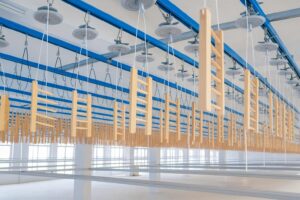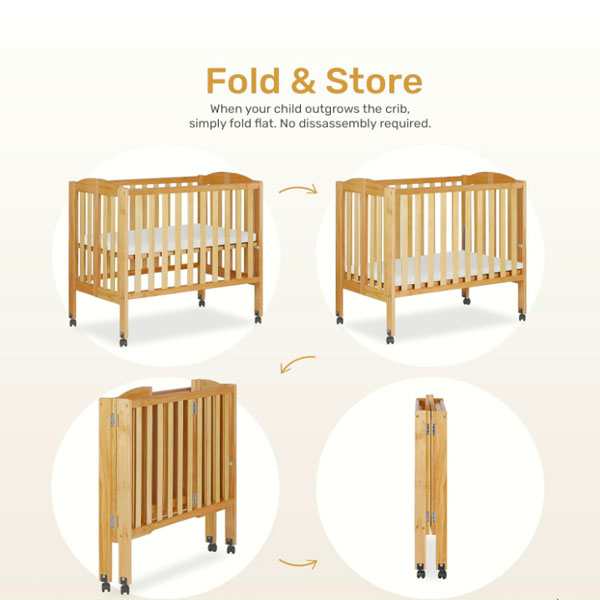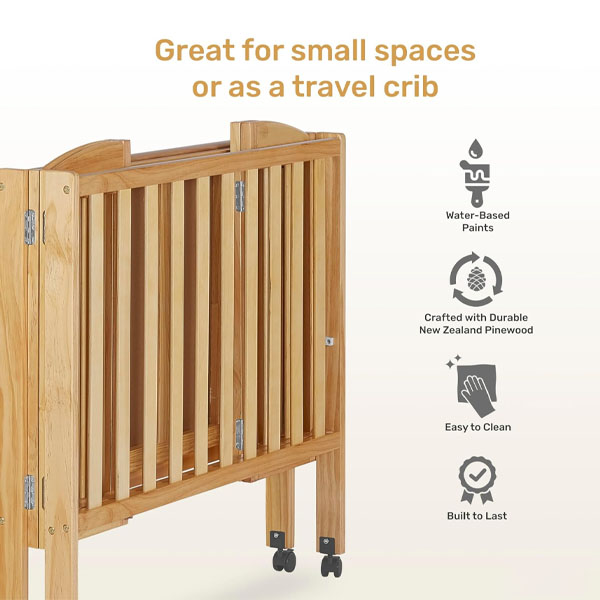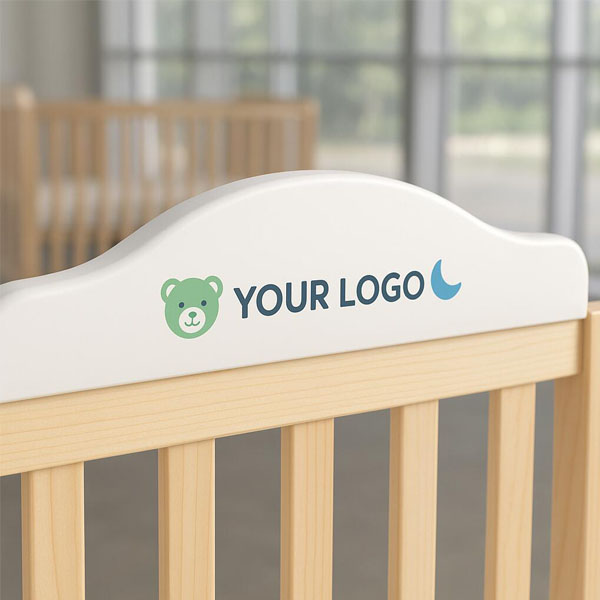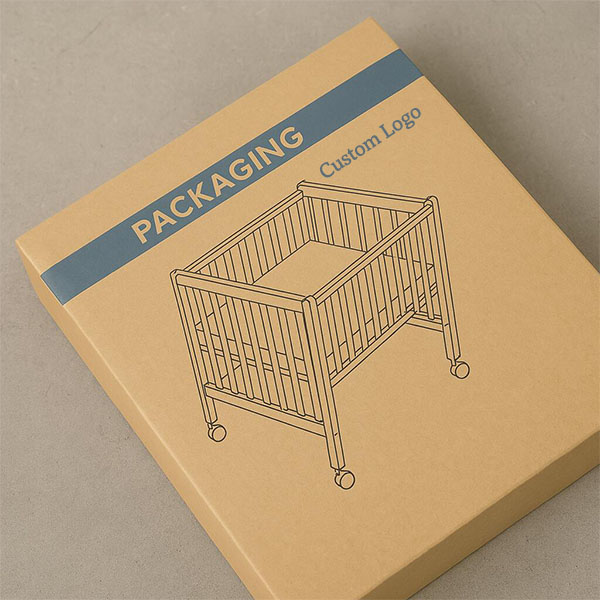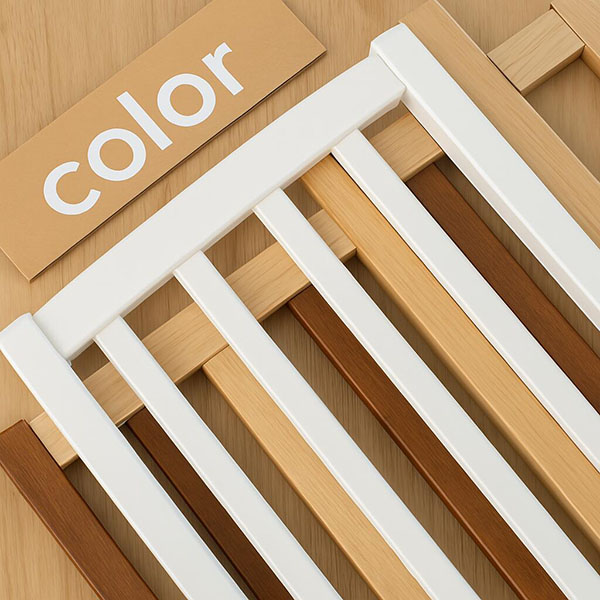Crib Safety Tips: How to Keep Your Baby Safe?
Parents worry about crib safety. A poorly designed crib can lead to accidents, making sleep time dangerous. Choosing the right crib and following safety guidelines is crucial.
To keep your baby safe, use a firm mattress, avoid loose bedding, and ensure crib slats are properly spaced. Regularly check for recalls and damage.

Crib safety is about more than just choosing a sturdy design. I’ll cover key tips to prevent risks, including proper mattress selection, avoiding common hazards, and maintaining crib integrity.
How to Choose a Safe Crib?
Many cribs look safe, but not all meet safety standards. How do you pick the right one?
A safe crib meets ASTM or CPSC standards, has no drop sides, and features slats spaced no more than 2.375 inches apart.

Key Features of a Safe Crib
| Feature | Why It’s Important |
|---|---|
| Slat Spacing ≤ 2.375 inches | Prevents baby’s head from getting stuck |
| No Drop Sides | Eliminates risk of malfunction |
| Firm, Snug Mattress | Reduces suffocation hazards |
| No Decorative Cutouts | Prevents baby from trapping limbs |
| Certified Safety Standards | Ensures compliance with regulations |
I always check product certifications and avoid second-hand cribs unless they meet updated safety guidelines.
What Bedding and Accessories Are Safe?
Soft blankets and pillows seem cozy, but they can be dangerous. What should parents use instead?
Use a fitted sheet, a firm mattress, and a sleep sack. Avoid pillows, bumpers, and loose blankets to prevent suffocation and SIDS.
Safe vs. Unsafe Bedding
| Safe Bedding | Unsafe Bedding |
|---|---|
| Firm crib mattress | Soft pillows |
| Fitted crib sheet | Loose blankets |
| Sleep sack | Crib bumpers |
| Breathable fabric | Stuffed toys |
Keeping the crib clutter-free is essential. I recommend using a sleep sack instead of a blanket for warmth.
How to Maintain Crib Safety Over Time?
A crib may start safe, but wear and tear can create hazards. How do you ensure continued safety?
Regularly inspect the crib for loose screws, broken slats, or peeling paint. Register the crib to receive recall alerts.

Crib Safety Maintenance Checklist
- Inspect hardware weekly: Tighten loose screws and check for missing parts.
- Check slats and frame: Ensure no cracks or splinters develop.
- Monitor mattress condition: Replace if sagging or worn out.
- Stay updated on recalls: Register with the manufacturer for alerts.
- Adjust mattress height: Lower as the baby grows to prevent climbing out.
I make it a habit to inspect the crib every time I change the sheets. It’s a simple step that ensures ongoing safety.
Conclusion
Crib safety requires careful crib selection, proper bedding, and routine maintenance. Choose a certified crib, avoid loose bedding, and inspect regularly to create a safe sleep environment for your baby.

